Who doesn't love raspberries? I know in my garden it's a rarity that any make it back to the house! However, to keep them productive, proper pruning is essential. This guide will help you understand when and how to prune your raspberry plants for the best results.
Summer V Autumn/Fall Fruiting
Before pruning, it's crucial to determine whether you have summer-bearing or autumn/fall (also called everbearing) raspberries. Summer-bearing raspberries produce fruit on second-year canes (floricanes) and typically bear fruit in early to mid-summer. Everbearing raspberries produce fruit on first-year canes (primocanes) in late summer to fall and may produce a second, smaller crop on floricanes the following year.
While this sounds complex at first it becomes simple once you know what type you have. The easy way I remember it is this, summer fruiting ones fruit early because they fruit on old existing growth, fall fruiting ones fruit later as they have to grow flower and fruit all in one year.
Pruning Summer Fruiting Raspberries
Traditionally with summer-bearing raspberries, pruning should after fruiting in mid to late summer, the canes that produce fruit should be cut down to the ground, as they will not fruit again.
Instead, you leave the new canes on the plant over winter, as these are the ones that will fruit next year. Once you get into this cycle you just keep it going year after year.
The old canes will be brown while the younger canes are often still green, at this point it is very easy to tell them apart.
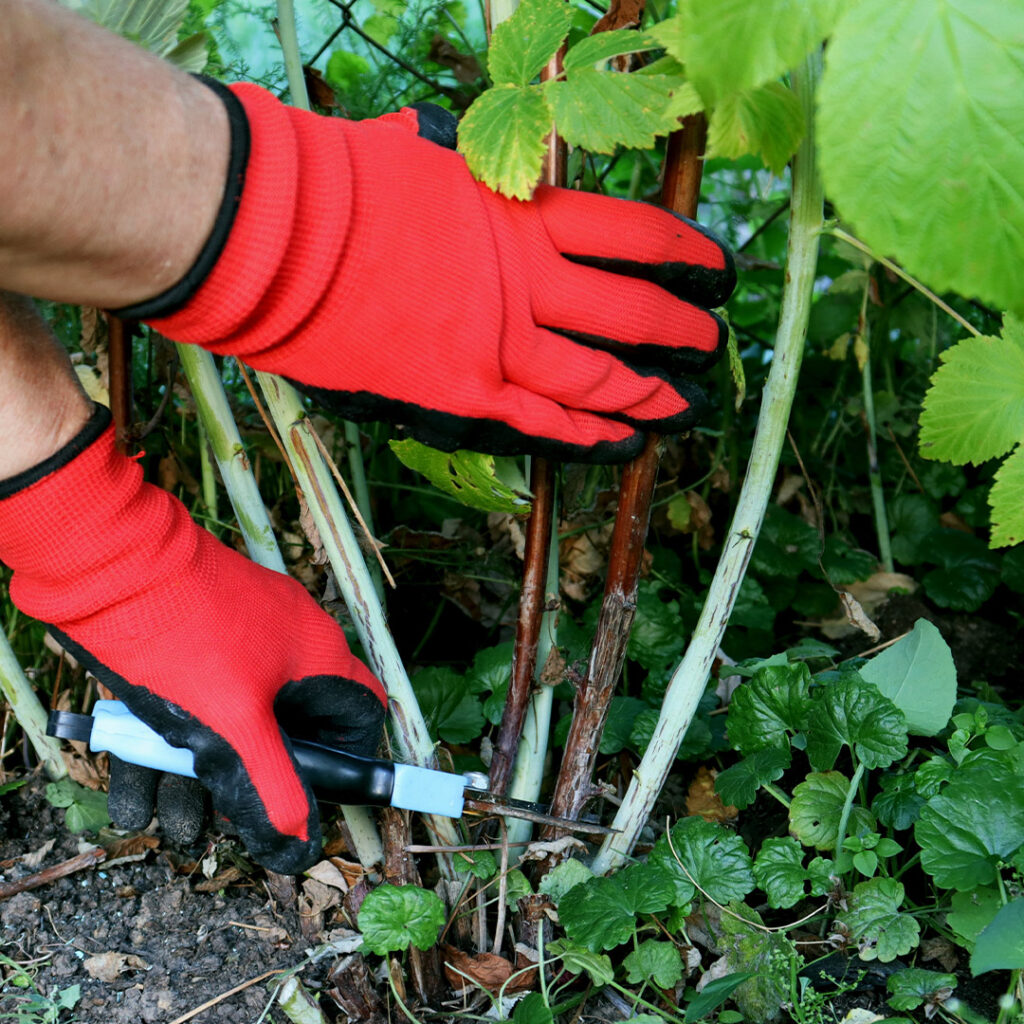
What If I Forgot To Prune in Autumn/Fall?
If you didn't prune straight after fruiting then you can still prune them in winter or early spring. Just remove the canes that fruited last year - it just won't be as easy to tell which is which, but here are some things to look out for.
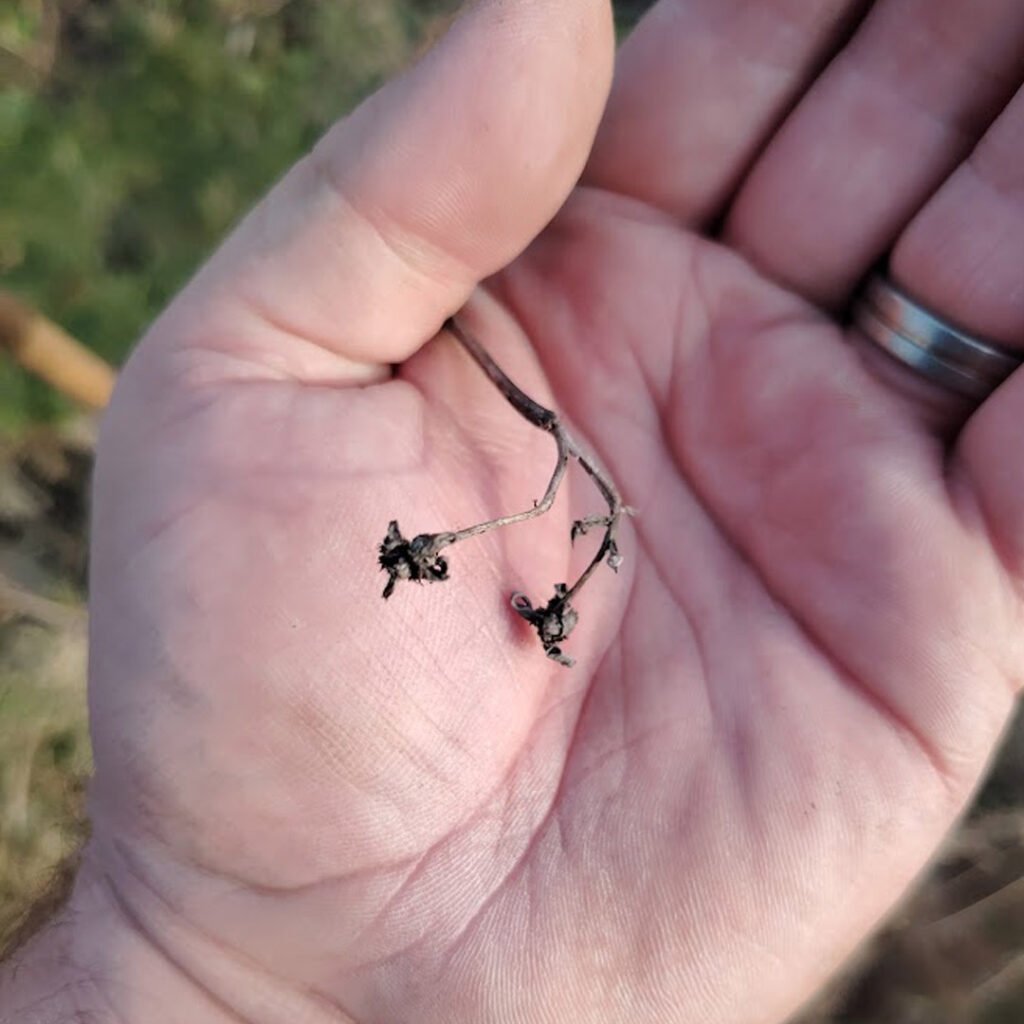
Any spent flowers are a sure sign of an old cane that fruited last year, so these can be removed right at the base of the plant.
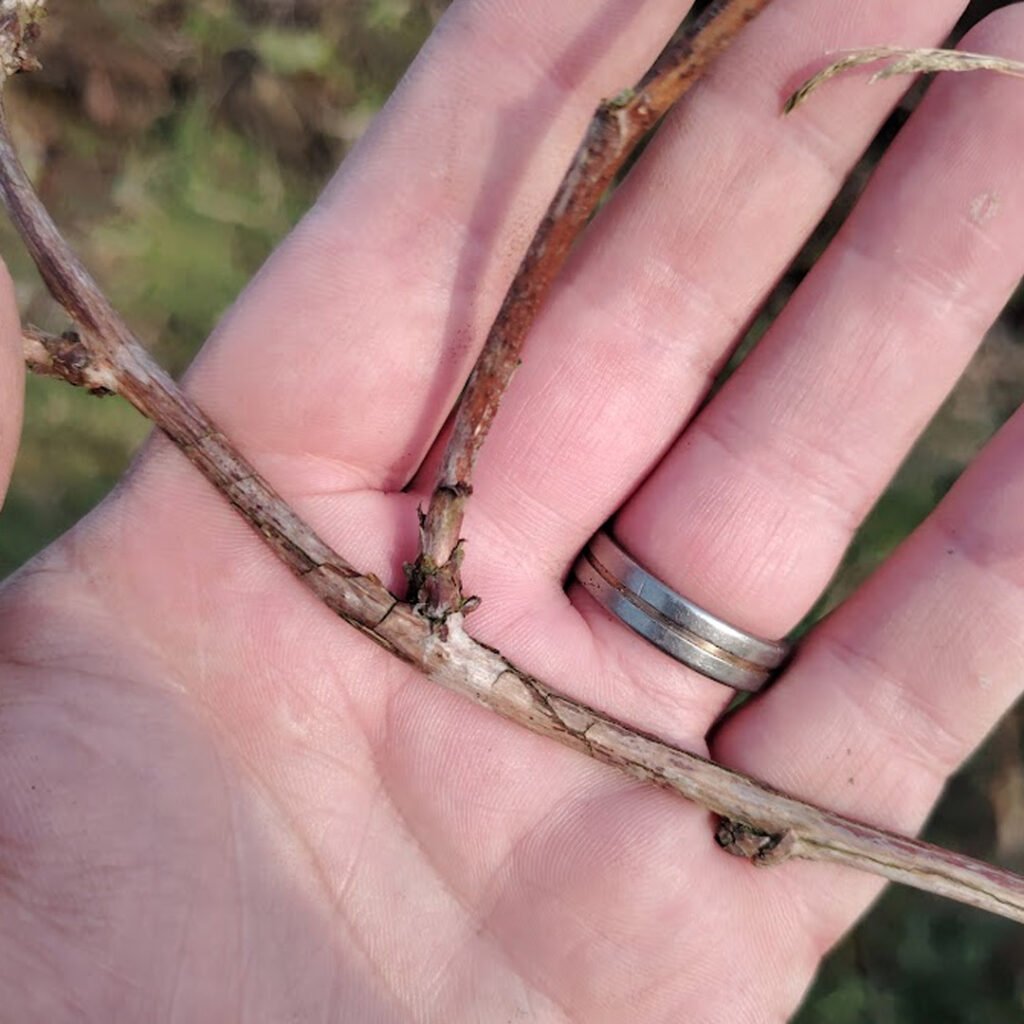
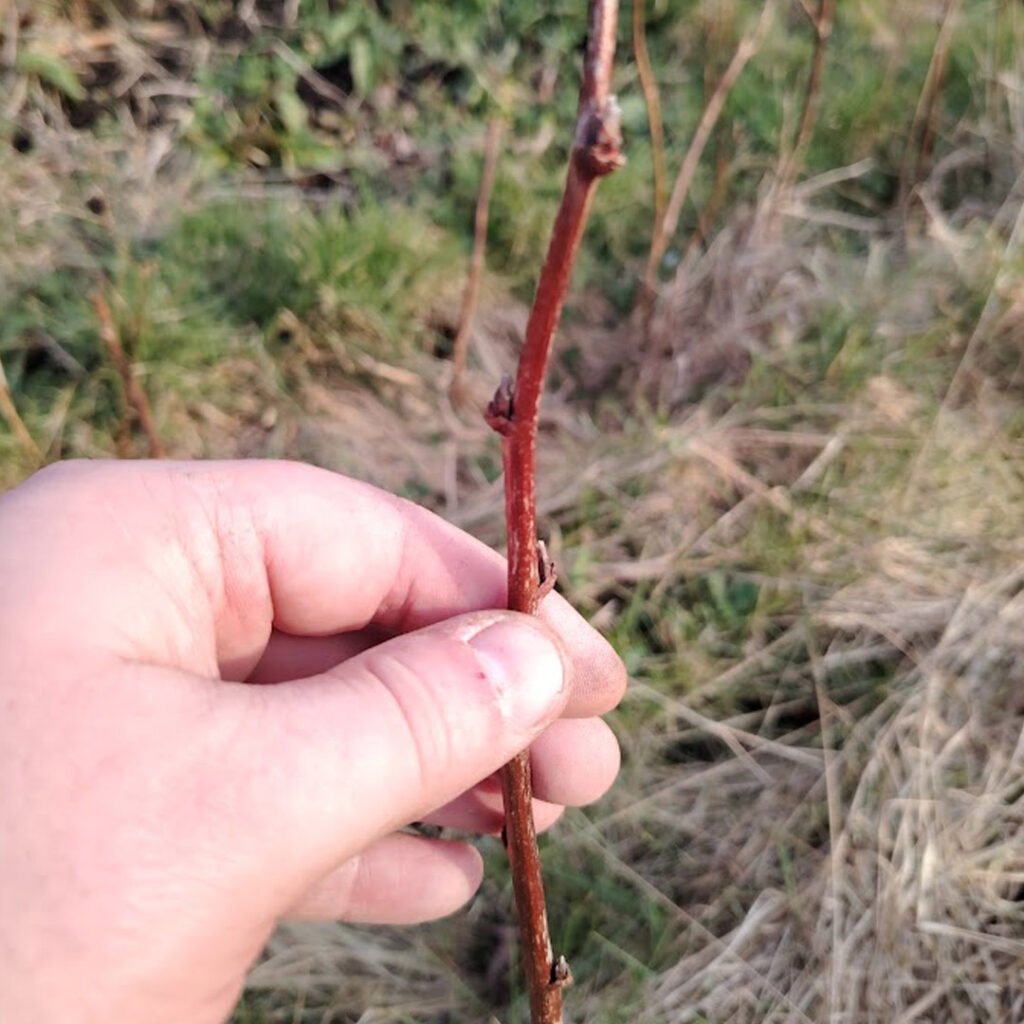
After being left over winter it becomes harder to tell the difference between old and young canes by color alone. But there are still differences as you can see above. the older canes will start to lose any color and have a surface with cracks and marks resembling tree bark. Younger canes will no longer be green but instead often a reddish brown color.
Pruning Autumn/Fall Raspberries
Pruning autumn or fall raspberries is a lot simpler, you can simply cut every single cane back to the ground in winter or early spring.
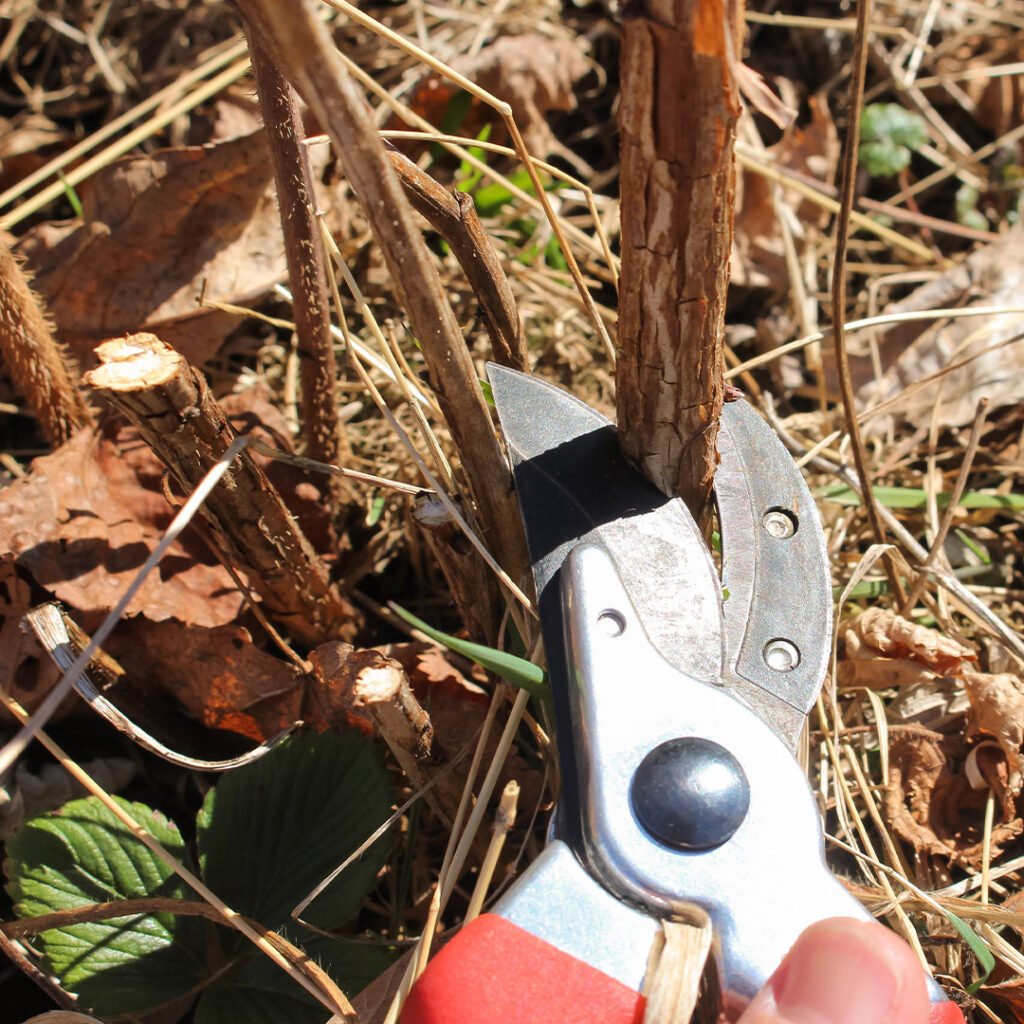
New canes will sprout from the ground in spring, and grow throughout the summer before fruiting in the autumn. Then you repeat the process again.
Double Cropping Fall/Ever Bearing Raspberries
You can also prune everbearing raspberries to get both a summer and fall crop from them. It's a little more involved but more raspberries is more raspberries!
With this method, all you do is trim the canes that fruited last year rather than remove them entirely. You trim them just below where they fruited but leave the rest of the cane. This trimmed cane will then fruit in the summer while new canes come through as usual to fruit in the fall.
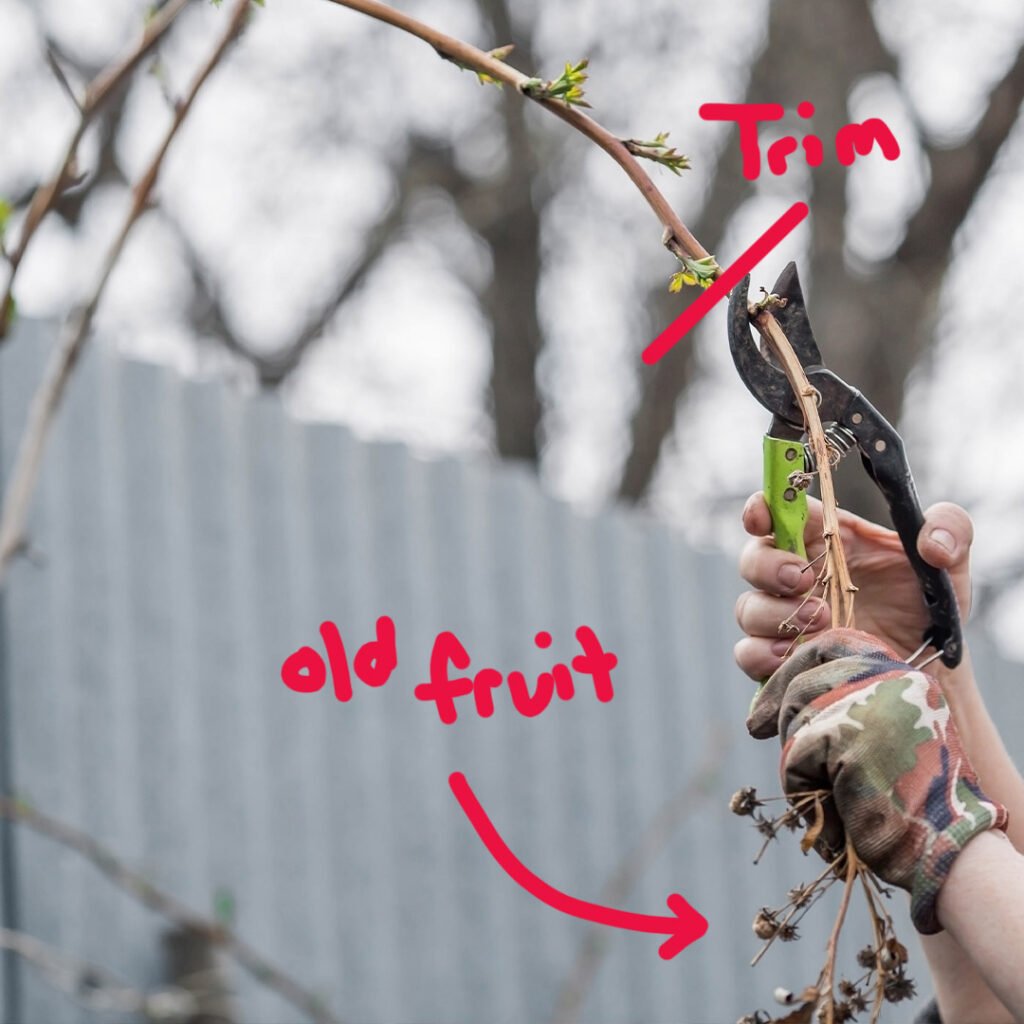
Then the year after you will remove these canes altogether. So you will remove any canes that have fruited twice and trim the canes that have only fruited once.
- FOR USE ON: Use Berry-tone organic fertilizer for all berries including blueberries, strawberries, raspberries, and blackberries
- CONTAINS: Berry-tone is a rich blend of the finest natural & organic ingredients enhanced with our exclusive Bio-tone formula; 4-3-4 Fertilizer analysis with 5% Sulfur. Berry-tone is environmentally Safe - No sludges or toxic ingredients
- FOR ORGANIC GARDENING: Berry-tone is approved for organic gardening; It is a registered Organic Input Material meaning it meets all requirements for organic production
- MADE IN THE USA: Product of the Espoma Company. The leader in natural organics since 1929
Pruning Tips
To properly prune raspberries, use sharp, clean pruning shears to make precise cuts and avoid damaging healthy canes. Cut canes at ground level to prevent stubs that can harbor pests and diseases. Thin the remaining canes to allow adequate airflow and prevent overcrowding. If necessary, tie canes to a trellis to keep them upright and manageable.
For healthy raspberry plants, remove suckers that grow outside the designated row to prevent overcrowding. Apply mulch around the base of the plants to retain moisture and suppress weeds. Monitor for pests and diseases, such as raspberry cane borers and fungal infections, and take appropriate action as needed.
Pruning raspberries may seem intimidating at first, but with practice, it becomes an easy and beneficial task. Proper pruning leads to stronger plants, better fruit production, and a more manageable raspberry patch. Happy pruning and enjoy your bountiful harvest!

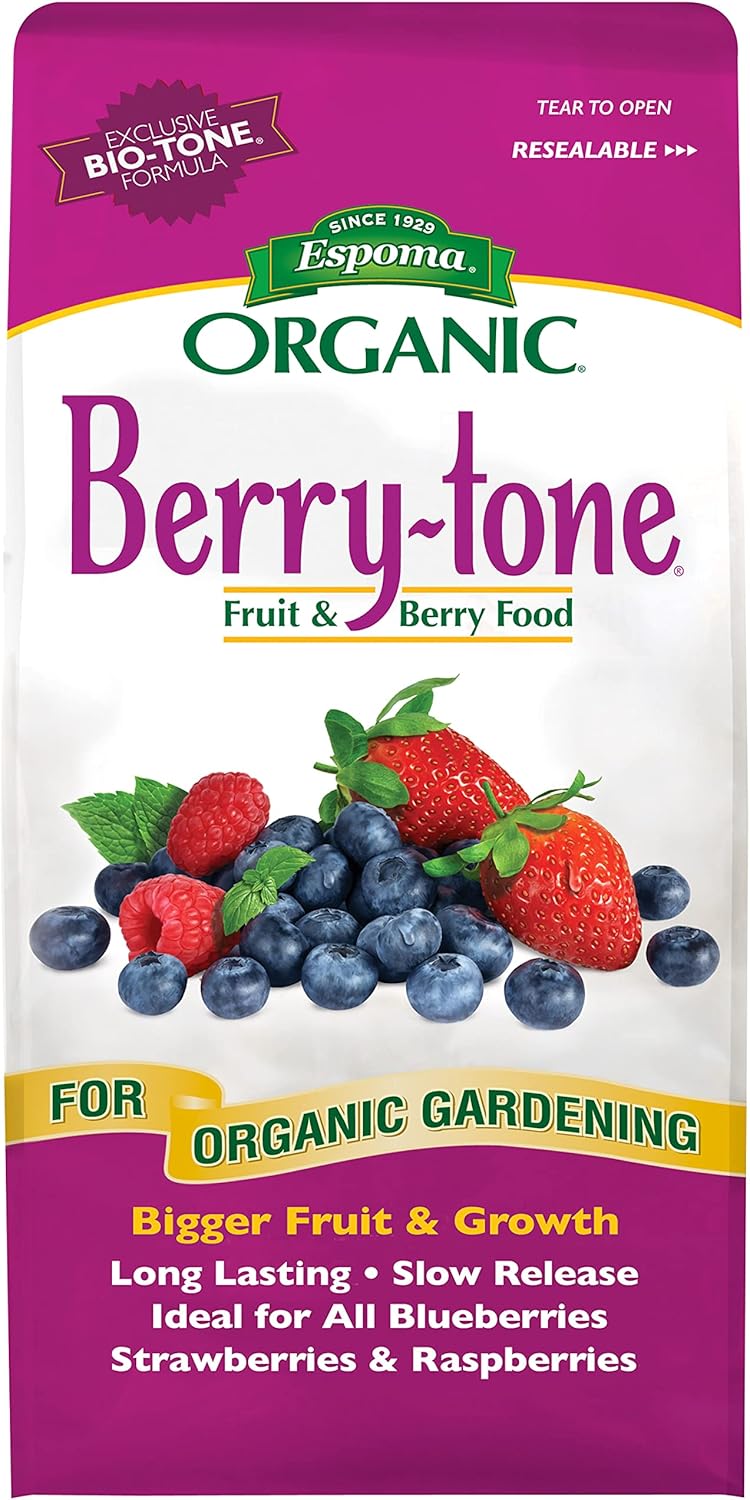
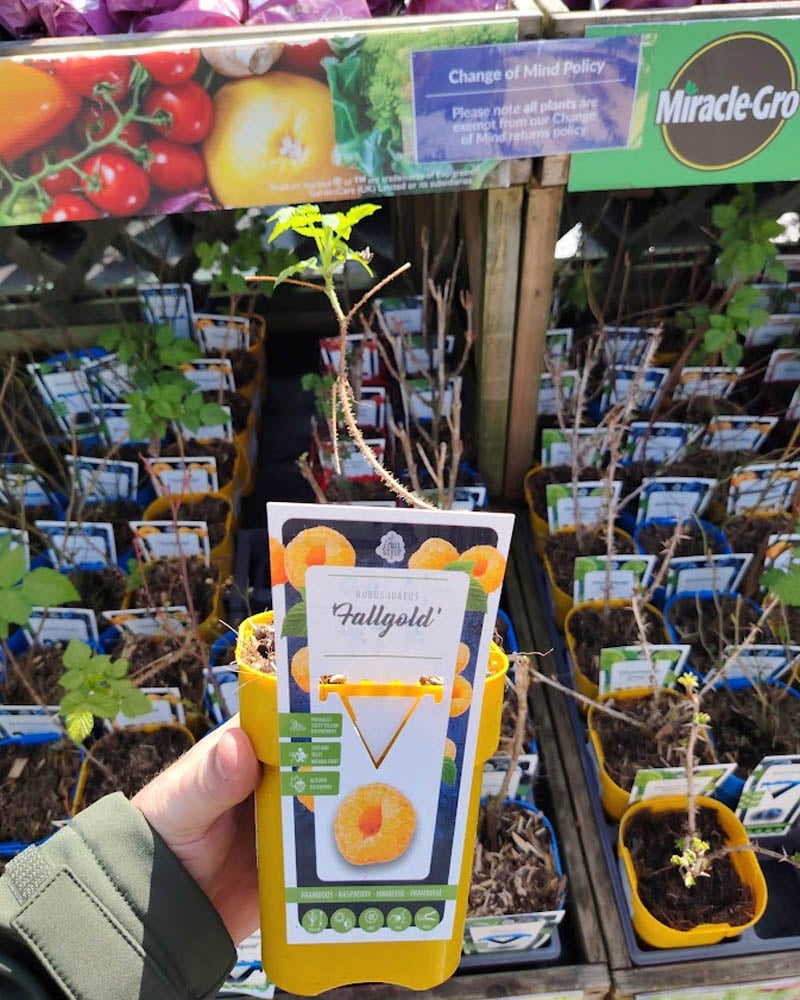

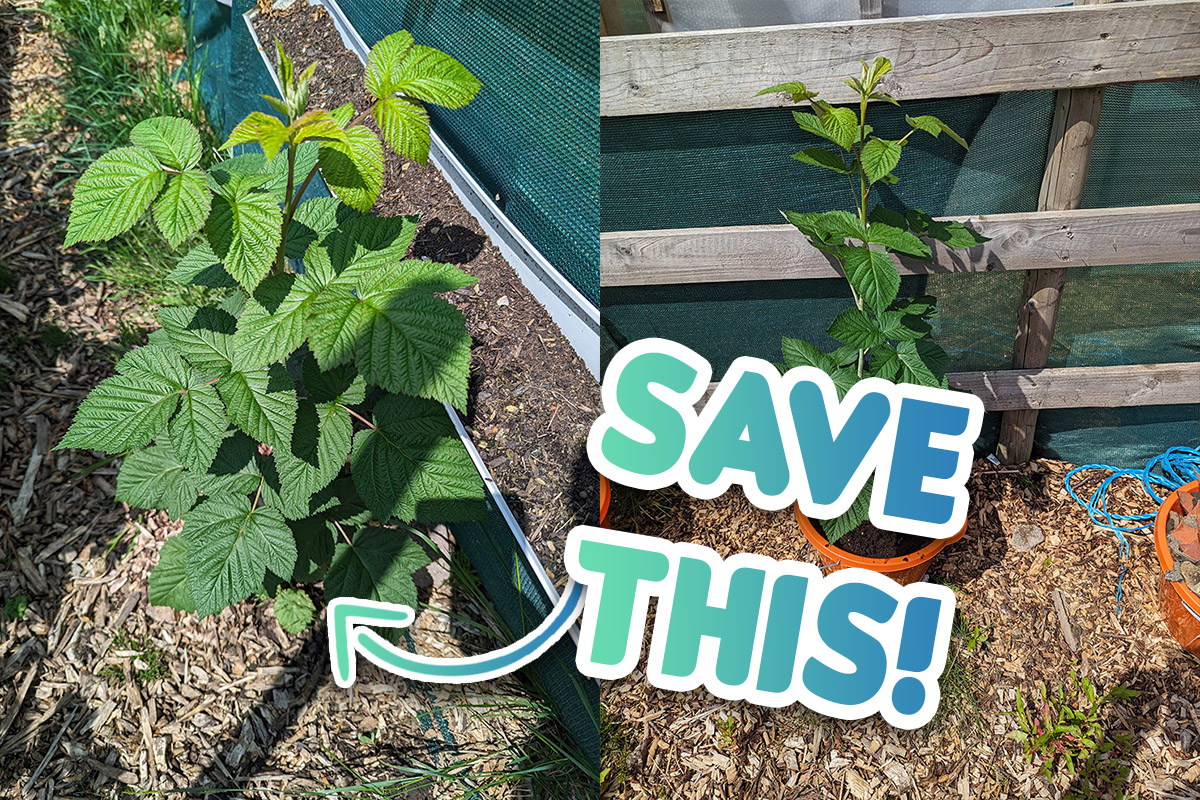

Leave a Reply